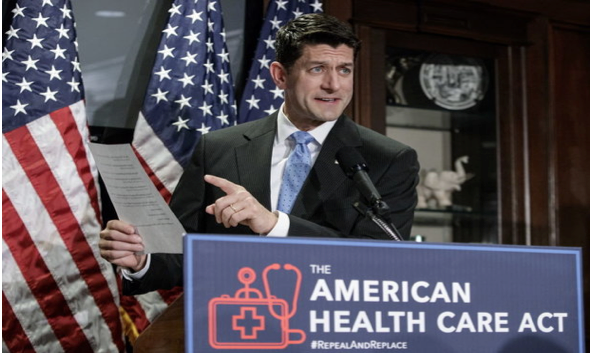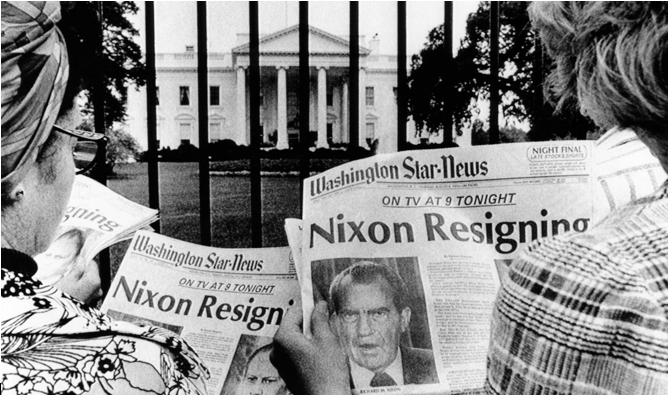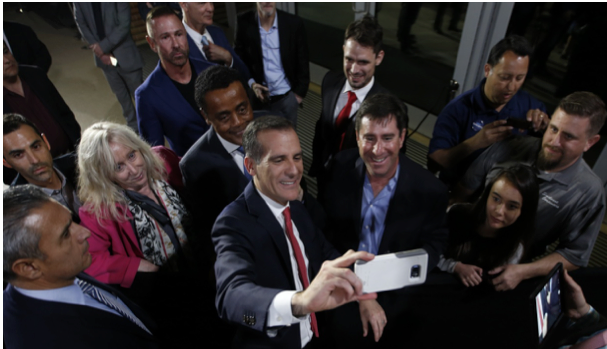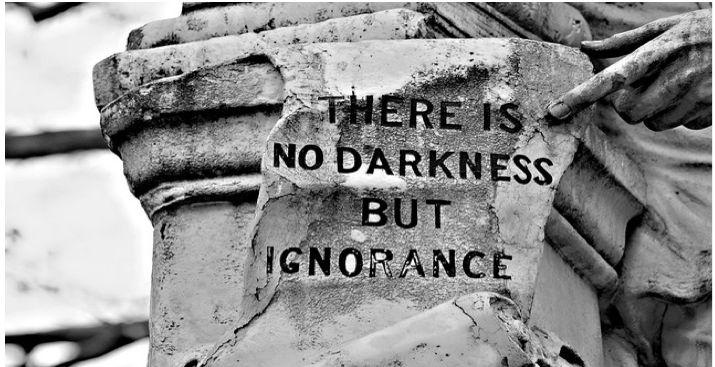ANIMAL WATCH-LA Animal Services GM Brenda Barnette informed the Commission at a West Valley meeting this week that it is safe and recommended by UC Davis to surgically sterilize six-week-old kittens at only 1-1/2 pounds in order to adopt them out of the shelter at their highest level of “cuteness.”
She also announced that the City is implementing a “pilot program” with this new policy at the Chesterfield Square shelter in South Los Angeles. If it is successful, in three months it will be extended to all city shelters.
If LA’s desperation to reach the elusive “no kill” goal continues, this could also soon mean these tiny, helpless creatures may be given away “free.” That is what happened recently under a grant by the ASPCA, which paid adoption fees for cats and eliminated the need for adopters to make an investment. This does not say much about sustainability of the “no kill” plan. What happens when the mythical metric is met and those who benefit from the acclaim and increased donations move their subsidies out of Los Angeles?
Under the Hayden Law, California policy for shelters, states, “Adoptable animals are those over eight weeks of age…” Barnette did not discuss the violation of this provision.
The plan to perform surgery on barely weaned kittens became the topic of impassioned opposition by distraught shelter volunteers and rescuers at the meeting.
The pilot program for this “experiment” at a shelter in one of the most economically challenged areas of Los Angeles did not include any long-term study or data that indicates performing sterilization surgery on barely weaned kittens and releasing them to uncontrolled and unmonitored adopters at public shelters has been successful. As a public, tax-funded shelter, LA Animal Services cannot refuse adoption to anyone without proof of past violations of laws regarding animal care or cruelty.
The Chesterfield Square shelter is located in a blighted, semi-industrial area of South Los Angeles, where stray and diseased feral cats roam the streets and starving kittens cry for help from behind a fenced lot across the street from the shelter. It is mystifying to rescuers and advocates why this shelter would be chosen for a “pilot program” to release vulnerable 6-week-old kittens with immature immune systems. A few have suggested cynically that a high post-adoption mortality or illness rate might be less likely to be reported in this community.
It is necessary to understand the limitations and challenges of this area to fully grasp the mind-boggling decision to start such a precarious program in South Central LA, where the largest part of the surrounding population has limited income for potential veterinary bills or special pet care. And, it is unlikely many adopters from other parts of the city will drive to Chesterfield Square.
In 2013 Eric Brightwell wrote on Amoeblog, “Chesterfield Square is without a doubt, one of Los Angeles’ most obscure neighborhoods. The obscurity is somewhat surprising given the neighborhood’s longstanding and dubious distinction of having the city’s and county’s highest violent crime rate.”
The latest LA Times Mapping Tool shows Chesterfield Square still ranked No. 1 in the city for violent crime. The median population age is 31 years, and more than 30 percent of residents have not completed high school. Average household income is $37,737, with over 50 percent at less than $20,000 year, according to the Times.
Residents of this area represent various ethnic groups. Most are hard-working, honest people, but many who own pets also struggle with the constraints of poverty and are plagued by the hazards of their daily lives. Thousands of dogs and cats run loose in the streets and have open sores resulting from mange, parasites and untreated wounds. Many starve to death in alleys or are killed by cars.
Xaque Gruber wrote in a 2013 Huffington Post article, “Nowhere is Los Angeles' homeless dog population a more chronic problem than in South Central where thousands of canines run wild. And nowhere is a blind eye turned more than in this section of the city.”
Do we wonder how cats fare in this desperate and disease-ridden environment for animals? GM Barnette admits in her Board report dated February 7, 2017, that, "South LA Chesterfield Square shelter has been struggling with an inordinate influx of cats and kittens infected with life threatening virus infections..."
DOES “CUTENESS” JUSTIFY SURGICAL RISK?
Cuteness? If this is the criteria for choosing a pet kitten, what happens in a very few weeks when it becomes a cat? Kittens grow quickly and are not toys. They need to learn bite-inhibition and non-injurious play from interaction with siblings. If “cuteness,” rather than personality and affection, is the criteria GM Barnette is using for adoption-appeal, it appears the audience is families with young children, rather than adults who are more concerned with long-term bonding.
“Kittens at this age, by necessity are focused on their own survival,” says early-age spay/neuter expert Dr. W. Marvin Mackie, who advises waiting until eight weeks of age for surgical sterilization. “At six weeks they are being thrust by Nature from dependency on their mother or a ‘foster’ into a world where they must be able to provide for their own subsistence and safety. Adopters should look for a kitten old enough to develop interests beyond its basic egocentric needs so that they can forecast the basic personality and desire for human interaction of a pet that will share their home for the next 15 to 20 years.”
While veterinarians agree on the importance of getting kittens out of the shelter environment as soon as possible, Dr. Mackie, who pioneered contemporary early-age spay/neuter in the late 1980’s, expressed shock that a shelter would not do all possible to assure the safety of these tiny juveniles -- not only from the surgical-aspect, but also from a developmental and socialization perspective. (View kitten growth progression here.)
The Best Friends blog states, “Eight-week-old healthy kittens are fully weaned and should soon be ready to be spayed or neutered and to find their new forever homes.”
WHY IS BARNETTE SUDDENLY IN SUCH A RUSH TO ALTER KITTENS?
Brenda Barnette, a former dog breeder and AKC legislative representative in Seattle, is on record opposing mandatory spay/neuter laws. Her December 2016 Woofstat report shows 492 breeding licenses have been issued to unaltered-dog owners in Los Angeles, with a 42% increase this year.
During Barnette’s tenure in LA, there has been no consistent city-wide media promotion or enforcement effort to stop backyard and in-home breeding of dogs and cats. Barnette and Councilman Paul Koretz of the Council’s Personnel and Animal Welfare (PAW) Committee have blatantly rejected microchipping or licensing of cats to stop overpopulation and provide accountability for ownership of owned outdoor cats.
Why the sudden rush to alter infantile kittens? Maybe because Barnette has repeatedly said kittens and cats keep her from reaching “no kill.” She admits in her February 7 Board report that the "South LA Chesterfield Square shelter has been struggling with an inordinate influx of cats and kittens infected with life threatening virus infections..." (Emph. added.) So, why institute a risky surgical program in that facility?

Here are some questions/comments proposed by skeptics and cynics:
--“Is the purpose of six-week surgeries and adoptions to place feral kittens as pets without having to disclose their background?”
--“For each one-pound kitten that dies from a spay, Brenda counts as a spay for her credit and not as a euthanasia -- also to her credit. Fake metrics.”
--“If they die during or after surgery, it will reduce the shelter’s cat population.”
--“Whether adopted into homes without experience (or even those that are former cat owners) the possibility of post-surgical complications is much more likely in these very fragile animals. Will they be able to afford the care?”
--“Will they report morbidity or deaths to the shelter? Does Brenda Barnette really want to know?”
And some questions/comments from veterinarians:
--“Can shelter staff determine age? This needs to be done on dentition and choosing those under 6 months of age could put the animals at more risk. Is there adequate shelter staff to monitor recovery?”
--“Testicles drop into the scrotal sac around 6 weeks, so many may still be retained, which will cause the surgeon to go deeper to look for them-- more invasive surgery and increased time under anesthesia for these kittens.”
--“If the gas is delivered by intubation the tiny tubes plug up easily with even a small amount of mucous and the animal can suffocate.”
--“My guess is that someone needs data to publish a paper regarding spay/neuter at this age, so you can get data fast through a large agency with a huge number of cat impounds. In academia, it is publish or perish.”
OPINIONS ON FACEBOOK AND ELSEWHERE
Many veterinarians commented on a Facebook page started by Dr. Robert Goldman, highly respected veterinarian and specialist in spay/neuter who worked for LA Animal Services. Some support this program, but most wrote that they felt six weeks is too young and articulated their professional concerns.
Dr. Kate Hurley of UC Davis wrote: “…[T]his recommendation came from me and my team and is well supported by science and an enormous amount of experience…A number of shelters have now spayed thousands of kittens at this age with no documented increase in morbidity or mortality.”
Brenda Barnette also joined in with a rather caustic comment and Dr. Goldman replied:
“Brenda Barnette: The pilot we are planning to try at one shelter is supported by UCDavis Koretz (sic) Shelter Medicine Program, Maddies Shelter Medicine Program in Florida and the Shelter Medicine Veterinary Assoc. I am disappointed to see you making this public grandstanding on Facebook rather than through you (sic) professional associations. Seems decisive I’m sorry to say.”
“Robert Goldman: Sorry if this seems like grandstanding to you. This is me reaching out to friends on professional associations as well as other stakeholders concerned. My question to Dr. Julie Levy is to the heart of the issue: if Veterinary Medical Professionals are to make the best decisions for their patients but in a municipal setting are judged by non medical personnel who hold sway over their employment but also set the conditions for the patients, how is that conflict resolved in the best interest of all?”
There is another exchange between GM Barnette and Dr. Goldman, who wrote a public letter addressed to the LA Times in regard to LAAS shelters and Barnette’s contention that “…by the end of the end of this year Los Angeles will achieve 90% live save for shelter dogs and cats.”
He states (in part), “As a veterinarian who performed spays and neuters for the Department on a part time basis from August 2015 to October 2016, I witnessed first-hand how the focused (and often falsified) pursuit of these numbers, called "metrics," has taken the focus off the shelter animals themselves and resulted in animal neglect that is at times tantamount to animal abuse.”
Dr. Goldman writes that he was informed on July 13, 2016, there was no more funding for his spay-neuter vet position after he supported the position of a volunteer who spoke about shelter conditions.
There has been no shortage of spay/neuter funds. The LA Animal Services report shows a balance of $5,193,971.40 in the Animal Sterilization Fund during the period July 1 – July 31, 2016.
IS LA REALLY REACHING “NO KILL”?
What is really going on at LAAS to cause a sudden rush to do spays and neuters most vets consider inadvisable? Why push kittens that may not be completely weaned into adoptive homes with unknown experience and resources? Is it related to the fact that Best Friends is already past its promised deadline to make LA “no kill”?
Barnette announced at the Feb. 28 meeting that Best Friends will be paying its NKLA rescuers from $75 to $150 each to “pull” cats from the LAAS shelters to reach “no kill.” Relocating animals is not the same as adopting them from the shelters directly to permanent local homes. How will “no kill” be sustained in Los Angeles after the funding by Best Friends and ASPCA moves on?
(Phyllis M. Daugherty is a former City of LA employee and a contributor to CityWatch.) Edited for CityWatch by Linda Abrams.









 Women were encouraged to show support in one or more of three ways – to take the day off of paid or unpaid labor, to avoid shopping for one day (with the exception of small women- and minority-owned businesses, and/or to wear red in solidarity with A Day Without A Woman.
Women were encouraged to show support in one or more of three ways – to take the day off of paid or unpaid labor, to avoid shopping for one day (with the exception of small women- and minority-owned businesses, and/or to wear red in solidarity with A Day Without A Woman. 

 The second major area where school kids can interact with the homeless population just happens to be in the
The second major area where school kids can interact with the homeless population just happens to be in the 


 On Thursday, Garcetti again proposed a vague plan without any deadline for updating the long-stalled Community Plans. He finally signed an Executive Directive enacting a very limited reduction in "ex parte," or backroom meetings, aimed solely at his Planning Commission — and only after a developer formally files an application to get around zoning rules, an action that often happens long after numerous backroom meetings.
On Thursday, Garcetti again proposed a vague plan without any deadline for updating the long-stalled Community Plans. He finally signed an Executive Directive enacting a very limited reduction in "ex parte," or backroom meetings, aimed solely at his Planning Commission — and only after a developer formally files an application to get around zoning rules, an action that often happens long after numerous backroom meetings.
 (Photo: Fernando Hurtado and his wife, Amy Areli, with two of their four children at St. John’s Well Child and Family Center.)
(Photo: Fernando Hurtado and his wife, Amy Areli, with two of their four children at St. John’s Well Child and Family Center.)  (Photo: Jim Mangia, President and CEO of St. John’s Well Child and Family Center.)
(Photo: Jim Mangia, President and CEO of St. John’s Well Child and Family Center.) 

 (Photo left: Mary Lou Retton celebrates her balance beam score at the 1984 Olympic Games in Los Angeles. Retton, 16, became the first American woman ever to win an individual Olympic gold medal in gymnastics. Photo by Lionel Cironneau/Associated Press.)
(Photo left: Mary Lou Retton celebrates her balance beam score at the 1984 Olympic Games in Los Angeles. Retton, 16, became the first American woman ever to win an individual Olympic gold medal in gymnastics. Photo by Lionel Cironneau/Associated Press.) 


















